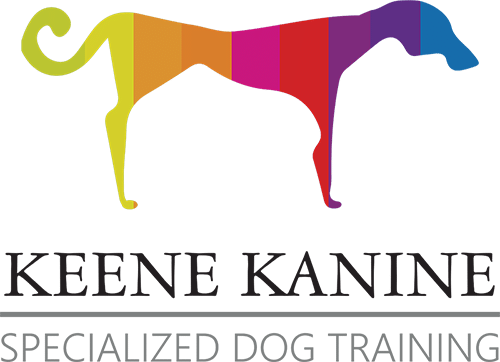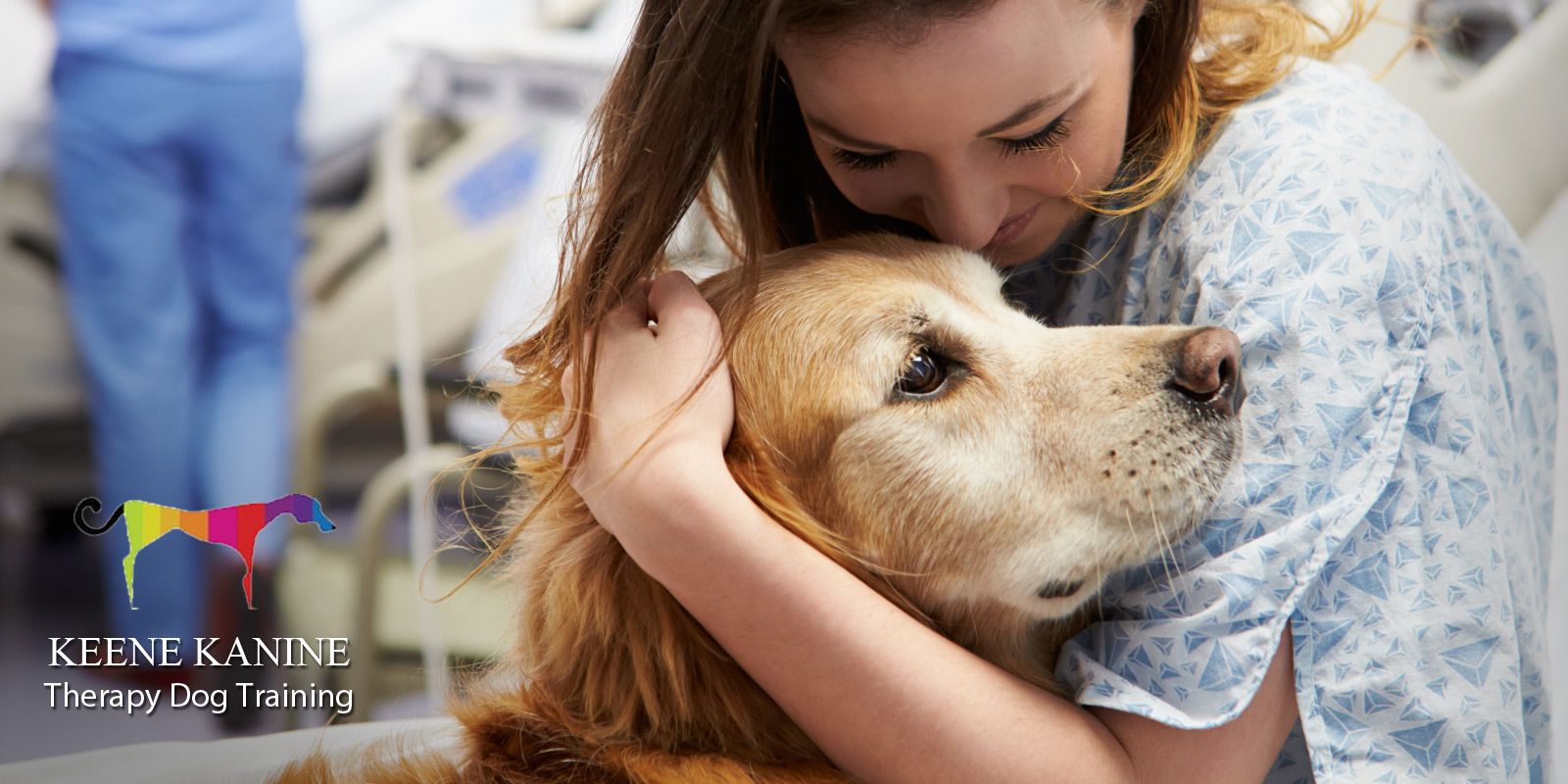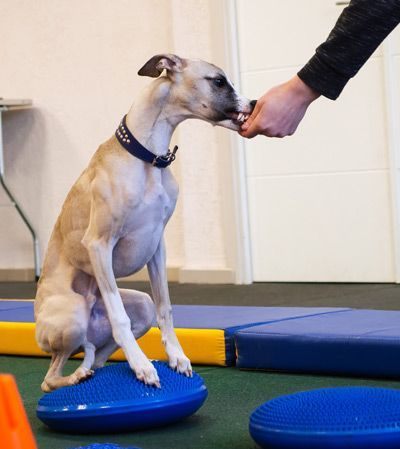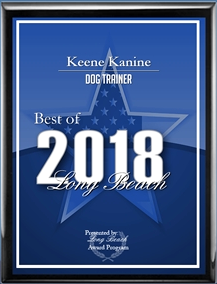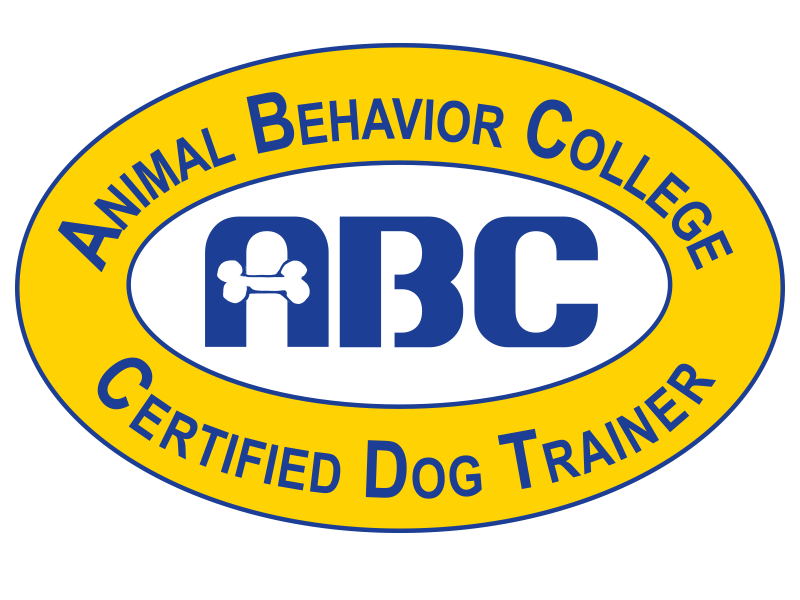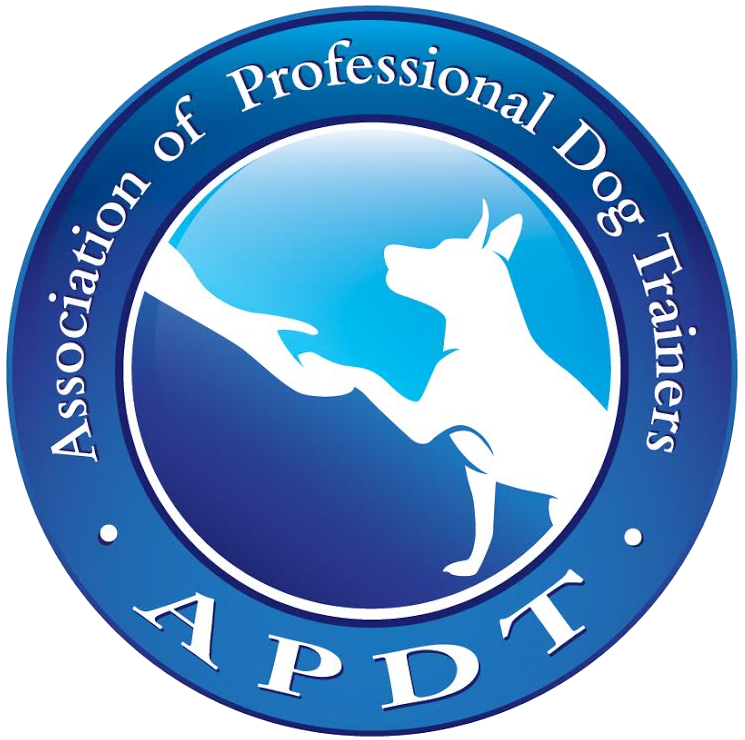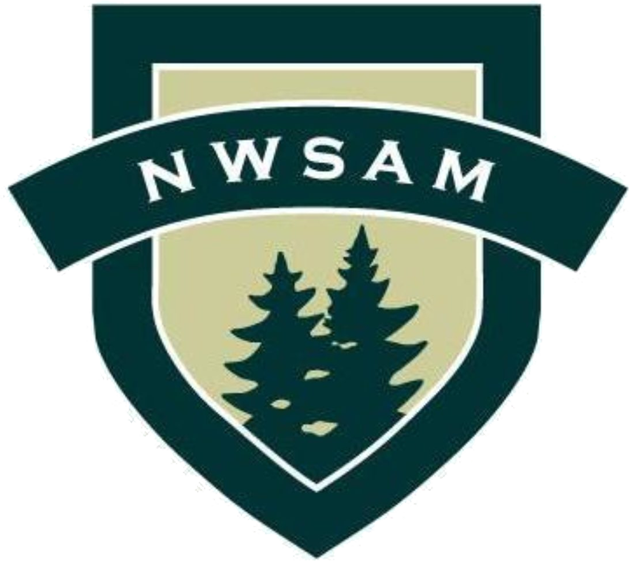Therapy Dog Training by Maureen Keene of Keene Kanine
It is beautiful for everybody to be in a room where a dog is lighting up the lives of everybody in his midst. Such is the life of a therapy dog and his handler. Lots of laughs, lots of fun, lots of hugs, cuddles, and lots of love!
-Maureen Keene, Therapy Dog Trainer
Therapy Dog Trainer in Long Beach Serving All of Nassau County, NY
When I start with a new trainee, the client often expresses interest in making the dog a therapy dog. Of course, that is a great goal, and I can guide you through the steps necessary to train and make your dog a certified therapy dog. This is a remarkable experience for the dog AND the owner. Interestingly, every therapy dog has a handler, so when you get your certification, you and your dog are certified as a team. It is a beautiful job for a dog and gratifying for everyone involved.
First, let's talk about what a therapy dog is. This dog is allowed into hospitals, colleges, and many other settings where dogs would not ordinarily be permitted in order to calm people. A therapy dog brings calm energy to a room, and he soothes people. Therapy dogs can be hugged, kissed, and cuddled; they are there for people's enjoyment, pleasure, and desire for serenity. For this very reason, not every dog is cut out to be a therapy dog.
Some dogs are fearful in new surroundings, and some bark and carry on when they see other dogs; some dogs are very excitable and want to jump on people. In addition, some dogs pee when they get very excited & some dogs can't bear to be separated from their owner, all of which would eliminate them from being suitable therapy dogs.
Dog Therapy Certification Test
Therapy dog training shows the dog what we would like them to do in specific settings, and it also helps train out some of the bad habits that would eliminate them from becoming certified. However, passing a therapy dog certification test with therapy dogs international (TDI) is challenging.
The test is relatively straightforward, and I will walk you through the steps. The tricky part of the test and certification is that it is all done in a large room with a minimum of four other dogs. So why you ask, would a therapy dog be required to test in a room with other dogs?
Well, you might find yourself in a hospital setting with your therapy dog when grandma's toy poodle comes in & it is not a therapy dog. Imagine if that little toy poodle starts barking, and your big golden retriever jumps up and starts barking at that little poodle! That is not desirable in a hospital, school, or any setting where we are looking to promote calmness and serenity.
Testing dogs around other dogs is how we gauge their level of dog reactivity. When they see other dogs and are calm, they can perform their duties regardless of the presence of another dog. Therefore, they have passed this one portion of the therapy dog test.
Another interesting task during therapy dog certification is when the owner is asked to leave their dog with a stranger for a few minutes to go into another room and fill out paperwork. This sounds easy, and many people mistakenly fail to prepare for this portion.
This is important because you may enter a hospital or a school, and they may ask you to move into another room for a moment while someone else holds your dog. We are looking for the dog to be calm, relaxed, and collected until you return; if he is not, he may fail the therapy dog test.
You will be asked to walk around with your dog by your side during the test. Then you will be asked to turn to the right and left. The dog should not pull you but instead, walk with ease by your side and not resist your lead.
You'll be asked to walk next to another person who's also walking their dog, and at this point, your dog should always be on the other side of you, never in between you and another person. Additionally, the dogs should not play, but they should stand there and wait calmly while their owners chat for a moment and then proceed without lingering and pulling to get to that other dog.
Then each person will be asked to have their dog sit and to have the dog stay while they walk 20 feet away and wait; After 30 seconds, they can return to the dog. Then you will be instructed to have your dog lay down and stay, and you will also move 20 feet away and eventually command your dog to come, and your dog will go directly to you.
During the test, many people are circulating in the room in wheelchairs and also using walkers and crutches. For example, someone in a wheelchair will offer your dog a piece of steak or chicken, and you will command your dog to leave it. Someone will drop a piece of cheese or chicken on the floor near you, and you will command your dog to leave it. They may put water on the floor; you will also have trained your dog to leave it.
Someone will approach your dog and play around with his collar, and someone may pick up a brush and run it through your dog's hair, and none of this should faze your dog or cause an adverse reaction in any way. He will be openly loved, hugged, petted, and approached a lot in a therapy dog test setting & he should not look resistant or grumpy about these approaches.
- If a dog barks excessively, he will not pass the test
- If your dog has a potty accident in the process of testing, he will not pass the test
- If a large dog jumps on anyone during testing, he will be eliminated
- If a dog cannot follow cues and commands and is not clearly under the command of their owner, they will not pass the therapy dog test
Although I do reward-based training and use tiny high-value treats and rewards in training, no, food or rewards are allowed during the therapy dog test. You may be using a prong or choke collar on your dog, a gentle leader, a martingale collar, or a harness. None of these are allowed during the therapy dog test as they require a simple buckle collar and a simple leash to be tested.
So now you know most of the basic requirements for a dog to pass a therapy dog test. Following basic commands like sit, stay, lay down, and come or essential. Not pulling on a leash and easily being led around by the owner is necessary.
- Carrying on nicely and having manners around other dogs are essential
- Good potty training and control of excessive barking are essential
- Being separated away from the owner and being touched by another person and petted and handled is a requirement
- To be able to walk away from food being offered and to be able to walk away from food on the ground is essential
An interesting fact - If one belongs to a therapy dog organization such as the highly regarded Therapy Dogs International Association, they are barred from being certified by another therapy dog group. A dog is only allowed to be associated with one of these organizations.
Certain groups have more challenging tests, like Therapy Dogs International, so they can get into some of the more exclusive hospitals and settings that are not available to all therapy dogs.
Contact Maureen for a Free Dog Training Consultation!
Therapy dogs do not receive any money or payment and are rewarded internally and instinctively for a well-done job. So if your dog is up for the challenge and he's a good, well-behaved candidate, it would be a fun job for both of you to work towards the goal of his becoming a certified therapy dog.
It is beautiful for everybody to be in a room where a dog is lighting up the lives of everybody in his midst. Such is the life of a therapy dog and his handler. Lots of laughs, lots of fun, lots of hugs, a few tears, lots of cuddles, and lots of love!
Let's introduce your dog to Maureen and see just how well they get along!
Please contact Keene Kanine today!

